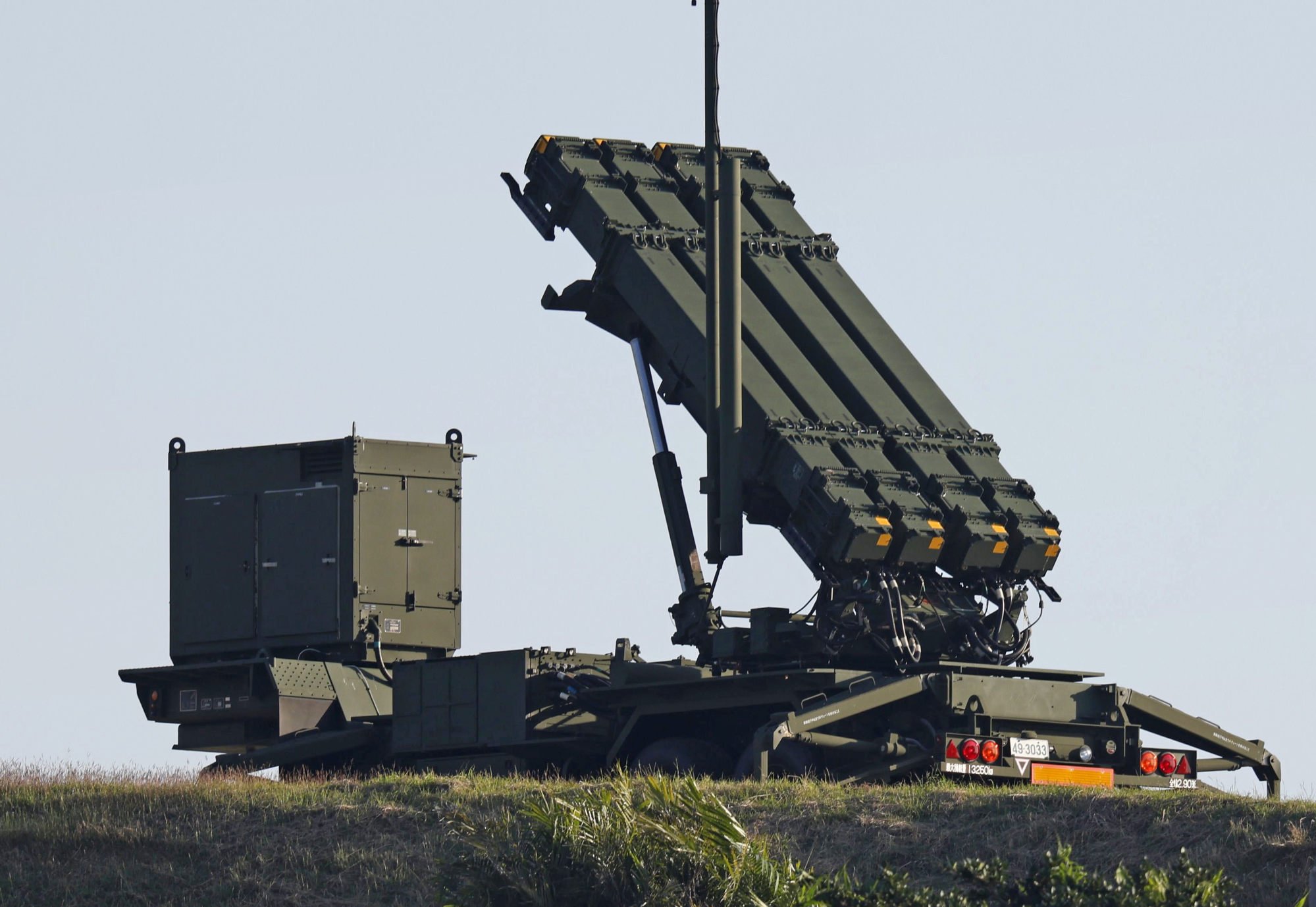Japan to sell missiles to US in ‘really welcome’ easing of arms export rules
Japan will not permit the missiles to be transferred on to a war zone, but the sales will help replenish US stocks, potentially enabling it to provide further support for Ukraine, as aid for the country falters.
Patriot interceptors are produced in Japan by Mitsubishi Heavy Industries under licence from RTX and Lockheed Martin. Shares in MHI have risen about 48 per cent over the past year, partly due to the increase in defence spending. Government officials said it had not yet been decided how many Patriot missiles would be transferred to the US, or the price tag.
Ukraine pivoting to defence after Russia holds off counteroffensive: analysts
Ukraine pivoting to defence after Russia holds off counteroffensive: analysts
“I don’t see another country that’s adopted so many changes so significant to our deterrence and our security,” US ambassador to Japan Rahm Emanuel said on Friday. “The scale, the scope and the speed is unprecedented and really welcome.” The provision of missiles will “give us flexibility in our inventories”, he added.
The cabinet the same day approved a 16.5 per cent hike in defence spending to a record 7.95 trillion yen (US$55.8 billion). Kishida has yet to make clear how the government will pay for the defence expansion going forward, while fears about the tax increases it will entail have contributed to growing voter disapproval for his unpopular administration.
Those outlays were approved as part of an initial budget plan totalling 112.7 trillion yen for the financial year starting in April. The total tally marks a decrease from a year earlier, the first decline in 12 years, but only after factoring a contingency fund for pandemic-era stimulus into this year’s budget, which inflated current-year spending by 5 trillion yen.
The ruling Liberal Democratic Party and its coalition partner this month have already decided not to impose additional taxes to fund military spending next year. Kyodo News reported earlier this month that the government was considering putting the hikes off until 2026 or later.

Finance Minister Shunichi Suzuki said at a press conference following the cabinet approval that the fiscal situation remains severe. But the overall scale of the budget and the amount of new bond issuance is smaller, “and that shows a step toward fiscal health”, Suzuki said.
While the figures show a historic spending increase in yen terms, the budget comes amid a slump in the value of Japan’s currency. The 2012 defence budget was equivalent to US$56.6 billion at the average exchange rate of 83.01 yen per dollar for that financial year. Next year’s budget will come to US$55.5 billion, based on an average exchange rate of 143.3 yen for the current financial year to date.
The bulk of Japan’s defence outlays are domestic, however about 20 per cent of planned spending will be affected by exchange rates, according to the defence ministry.
The budget includes about 373 billion yen for two missile-defence ships equipped with Lockheed Martin’s Aegis combat system, as well as 240 billion yen for the company’s F-35 fighter aircraft. The budget was calculated at a rate of 139 yen per dollar.
About 91 billion yen will be set aside for joint development of a new fighter jet with the UK and Italy, along with related projects, even though Japan has not reached a decision on allowing exports of the new plane to other countries. Chief Cabinet Secretary Yoshimasa Hayashi said this week the government aimed for a decision on that by the end of February, with the main contractors set to establish a joint commercial venture and start divvying up the work in March.


 Slots with Welcome Bonus Up to 400%
Slots with Welcome Bonus Up to 400%